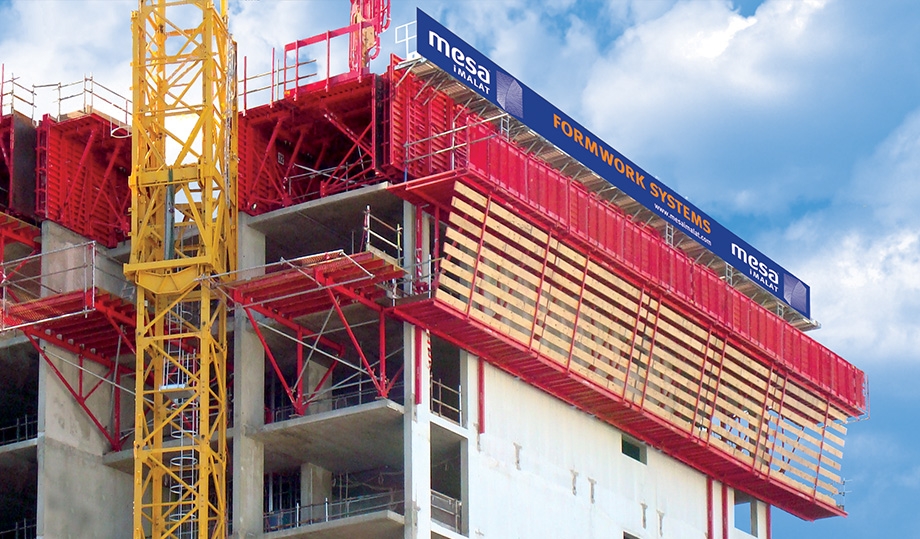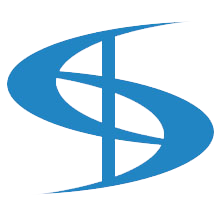Procurement in Construction Industry
While the above outline seems right, procuring the right equipment for the build is a hidden schedule killer—one that’s often not thoughtfully presented or considered during the initial project schedule.
Many times, the first schedule produced for a project is prepared by someone that has little experience with construction, and even less experience with scheduling. It’s the rookie project engineer that’s given the job of preparing the outline of the project justification—the basis for establishing the project Return on Investment (ROI).
These “preliminary” schedules have a tendency to stick in the minds of upper-level management before the construction team has an opportunity to weigh in. This may work fine on a small project where there may be 3 pieces of process equipment and 3 instruments, but on larger projects when there are hundreds of pieces of equipment and hundreds of instruments and valves, the early project schedule deserves a little more attention, particularly in the one area that is typically overlooked: equipment procurement.
In order to properly account for the procurement activity while scheduling, it’s important to have a full understanding of the process.
What is Procurement Anyway?
Most of us think about procurement as being the stuff that the purchasing people do. That is certainly a big part of it, but there is much more to procurement than that.
BusinessDirectory.com has the following definition of procurement:
The act of obtaining or buying goods and services. The process includes the preparation and processing of a demand as well as the end receipt and approval of payment. It often involves:
- purchase planning,
- standards determination,
- specifications development,
- supplier research and selection,
- value analysis,
- financing,
- price negotiation,
- making the purchase,
- supply contract administration,
inventory control and stores, and(not so applicable to construction procurement)disposals and other related functions.(not so applicable to construction procurement)
In the list of tasks above, items 2, 3, 4, and 5 are generally carried out by engineering staff, and items 2 and 3 generally can’t begin until the process design, mass and energy balances are complete.
Procurement Scheduling is More Than Just-in-Time Delivery
The first place that poor procurement planning and scheduling rears its ugly head is in detailed engineering.
In today’s construction environment, cost control is king. In order to control cost in construction, the contract drawings must be complete and as error free as reasonably possible to minimize field change orders. In order to have complete and error free construction drawings, certified vendor drawings are required in the early stages of engineering.
The Upsides of Well-planned & Scheduled Procurement
Apart from the obvious schedule benefits, there are many positive outcomes from having a well-planned & scheduled procurement effort. The most glaring benefits include:
- An aggressive procurement strategy will require that most of the process decisions be made early in the project. This minimizes process decisions being made late in the project, which should ultimately minimize surprises, scope creep, and field change orders.
- Since equipment is generally 40% of project cost, 40% of the project budget can be confirmed in the first several months of the project with timely procurement strategies.
Respect the Procurement Process
Most engineers that are involved in construction management, planning, and scheduling grow through an evolutionary process in the understanding of and use of project controls. Scheduling is certainly one area where we learn on each and every project. Unfortunately, many project engineers haven’t been exposed to the intricacies of the procurement efforts because that was someone else’s job.
As corporate procurement requirements become stricter, budgets become tighter, and project schedules become increasingly aggressive to meet production and sales expectations and deadlines, project engineers need to properly represent the procurement efforts in their schedules.
Avoid the urge to cut weeks in the schedule because you “think” it can be done faster. There’s always a tendency to cut the tasks that are less familiar—and for us technical types, procurement falls in that category.
Remember, procurement tasks and their dependents are some of the most significant contributors in driving a project’s critical path. Give procurement the attention it deserves in the project schedule to deliver a complete and reasonable, achievable project schedule and, ultimately, minimize scope creep and field change orders during the life of a project.




